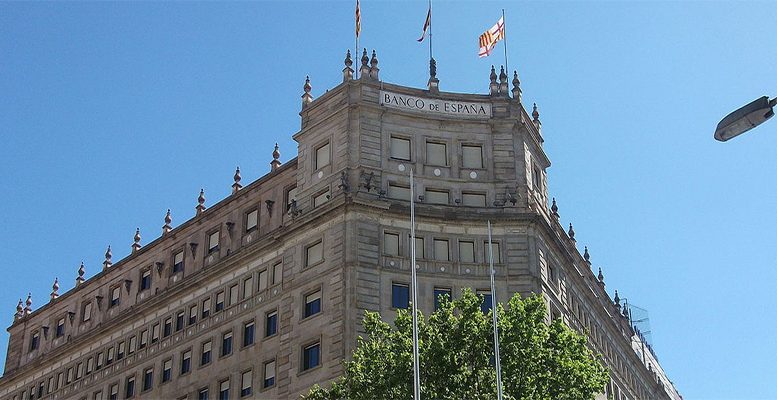The current political scenario in Spain requires us to highlight some points about our country, using as a starting point the Bank of Spain’s interesting analysis called: “The impact of the uncertainty arising from the political tensions in Catalonia”.
This analysis is based on the effects of the uncertainty on households and businesses’ confidence in the future. In the first case, the report flags the potential increase in savings as a precautionary measure and, consequently, an environment where “consumption declines and decisions are postponed regarding the acquisition of consumer durables and buying a house.” In the second case, the fact it’s such a complex matter to clarify the future situation would lead to delays in new investment projects.
That said, Intermoney analysts explain that the challenge is to quantify the timing and the impact of both effects.
The Bank of Spain says, conveniently, that the results of its exercise are subject to the suppositions it makes and the tool it uses. So the results should be interpreted with respect to a base scenario where the same levels of uncertainty as in Q3’17 are maintained.
Then, versus this starting point, there is a first scenario where the level of uncertainty rises temporarily during Q4’17 and then, in Q1’18, returns to the level of Q3’17. The result of this situation would be three tenths of a percentage point less of accumulated GDP growth than what would have been the case under the base scenario until end-2019.
The previous quantification is not very different from our own calculations, although experts at Intermoney believe the impact on consumption would be more immediate and concentrated in Catalonia.
We also think that businesses’ concern over investment would not be so immediate and would go into 2018. A large part of the investment plans already underway respond to decisions taken in the past and putting the brakes on would be more costly. And so the big problem would be the following year and, above all, the possibility that certain projects might be diverted to other areas, leading to “leakage”.
The second scenario, the most serious, would fit in with a replication in Q4’17 of the increase in financial uncertainty relative to the trend in economic activity “registered during the initial phases of the recent global financial crisis.” As far as the uncertainty over economic policies and the political situation is concerned, the scenario is similar to that in Q2’17, converging, later, in 2019 with the levels of Q3’17. A scenario which, with respect to the base scenario, would mean deducting just over 2.5 percentage points (almost 60%) from accumulated GDP growth until end-2019. Although it doesn’t seem so, this scenario involves a very significant level of uncertainty.
From a financial perspective, it discounts figures equivalent to a time when a systemic crisis was being traded in the markets. And, as far as politics are concerned, in line with a period when leaving the euro was under consideration.
Of course, analysts consider that the assumptions made in the pessimistic scenario can be seen as “aggressive”, at the same time as their results are “coherent”with the “Brexit” experience.
The opportunity cost would be more visible as time goes on and, in particular, in 2019 when negative inertia would coexist with the collective acknowledgement of the profound changes experienced.
For the time being, the uncertainty itself with regard to future events and the lack of tangible data, means that at Intermoney they are discounting a cautious scenario, but with some differences compared to the first one proposed by the Bank of Spain.
So we incorporate GDP growth of almost 3 tenths of a percentage point less in 2018 compared to our initial forecast for 2.7%, taking this to 2.4-2.5%. That said, as far as 2017 goes, there needs to be some caution with respect to the figures from the last quarter, given that we already incorporated a quarterly slowdown in growth of up to 0.6%. Then there should also be special care taken as regards interpreting the figures from Q4’17, avoiding the temptation to put the slowdown in growth solely down to events.





